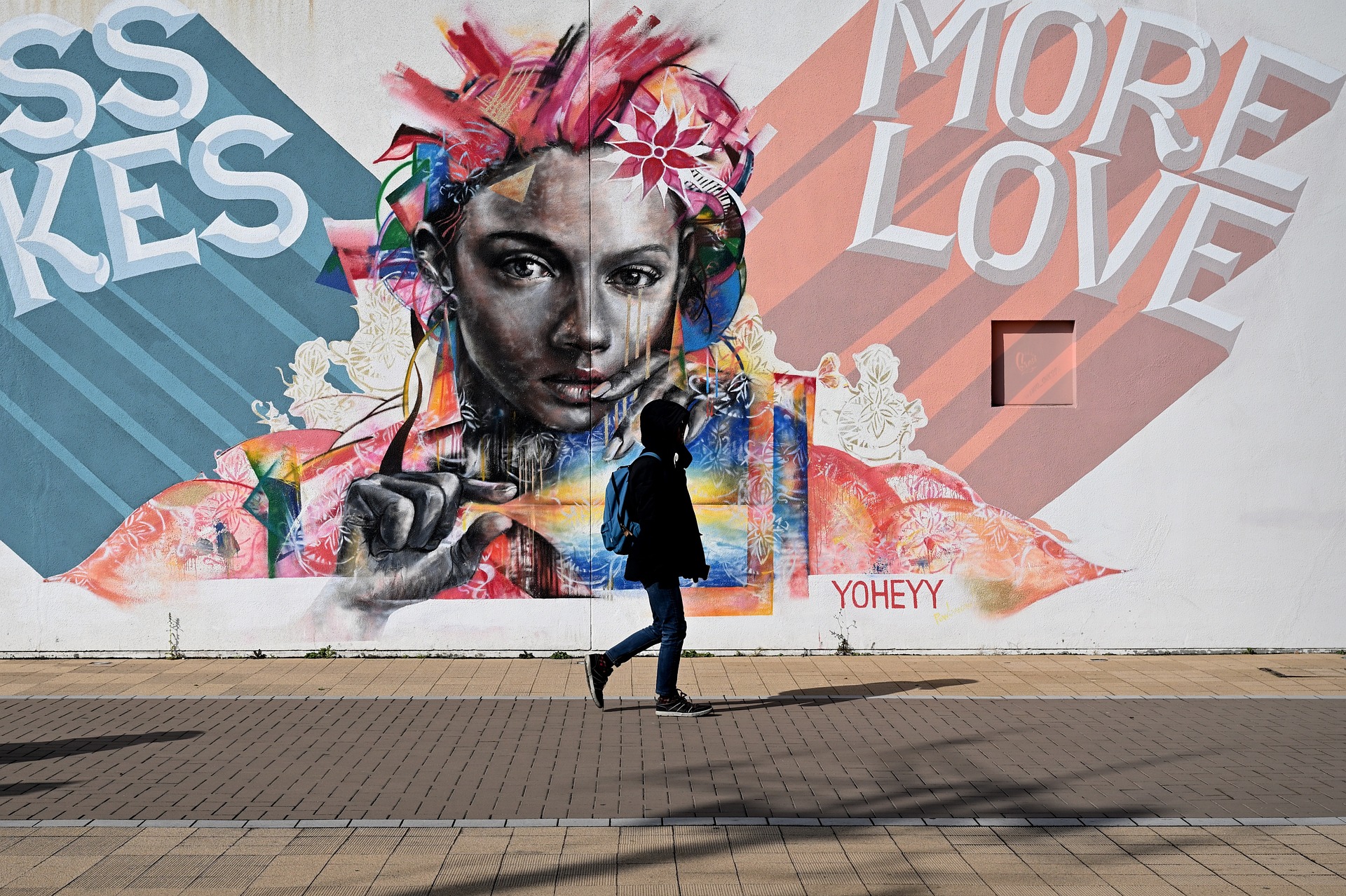The Flourishing of Analogue Film in the Digital Era
In an era dominated by digital technology, the unexpected resurgence of analogue film has drawn intrigue from enthusiasts and industry professionals alike. This article will delve into the historical context, current trends, and the cultural significance of this surprising revival.
Analogue Film: A Glimpse into the Past
Analogue film, the predecessor of digital technology, was the industry standard for capturing and projecting motion pictures for almost a century. Through the process of exposing a photosensitive film to light, analogue film offered a distinct aesthetic characterized by its grain, color saturation, and contrast. It was only in the late 20th century that digital technology began to overtake analogue film due to its cost-effectiveness, ease of use, and superior editing capabilities.
The Unexpected Resurgence
Despite the widespread adoption of digital technology, the past decade has seen a resurgence of interest in analogue film. Indie filmmakers, photography enthusiasts, and even major Hollywood directors have begun to embrace analogue techniques. For instance, renowned director Quentin Tarantino shot his 2015 film “The Hateful Eight” entirely on 70mm film, a clear testament to the enduring appeal of analogue film.
Analogue Film in the Present Day
Today, the analogue film industry is thriving. Numerous film labs have sprung up around the world, offering services such as film processing, scanning, and restoration. Furthermore, analogue film festivals have become popular, celebrating the unique aesthetic and craftsmanship of analogue film. These developments indicate a growing demand and appreciation for analogue film in the digital age.
The Impact and Significance of the Analogue Revival
The resurgence of analogue film has had a profound impact on the film industry and the broader cultural landscape. It challenges the dominance of digital technology, reminding us of the artistic and aesthetic value of analogue techniques. Moreover, it embodies a broader cultural trend towards nostalgia and the appreciation of craftsmanship, as seen in the revival of vinyl records and traditional print media.
The Future of Analogue Film
While the future of analogue film is uncertain, its revival suggests a continued place for it in the industry. As an artistic choice, analogue film offers a distinct aesthetic that digital technology cannot replicate. Furthermore, as long as there is a demand for analogue film from filmmakers and audiences alike, the industry will continue to thrive in the digital era.
In conclusion, the resurgence of analogue film in the digital era offers a fascinating insight into the evolving landscape of the film industry. It serves as a reminder of the enduring appeal of analogue techniques and the important role they can play in artistic expression. As the film industry continues to evolve, the revival of analogue film promises to contribute to a rich and diverse cinematic future.





